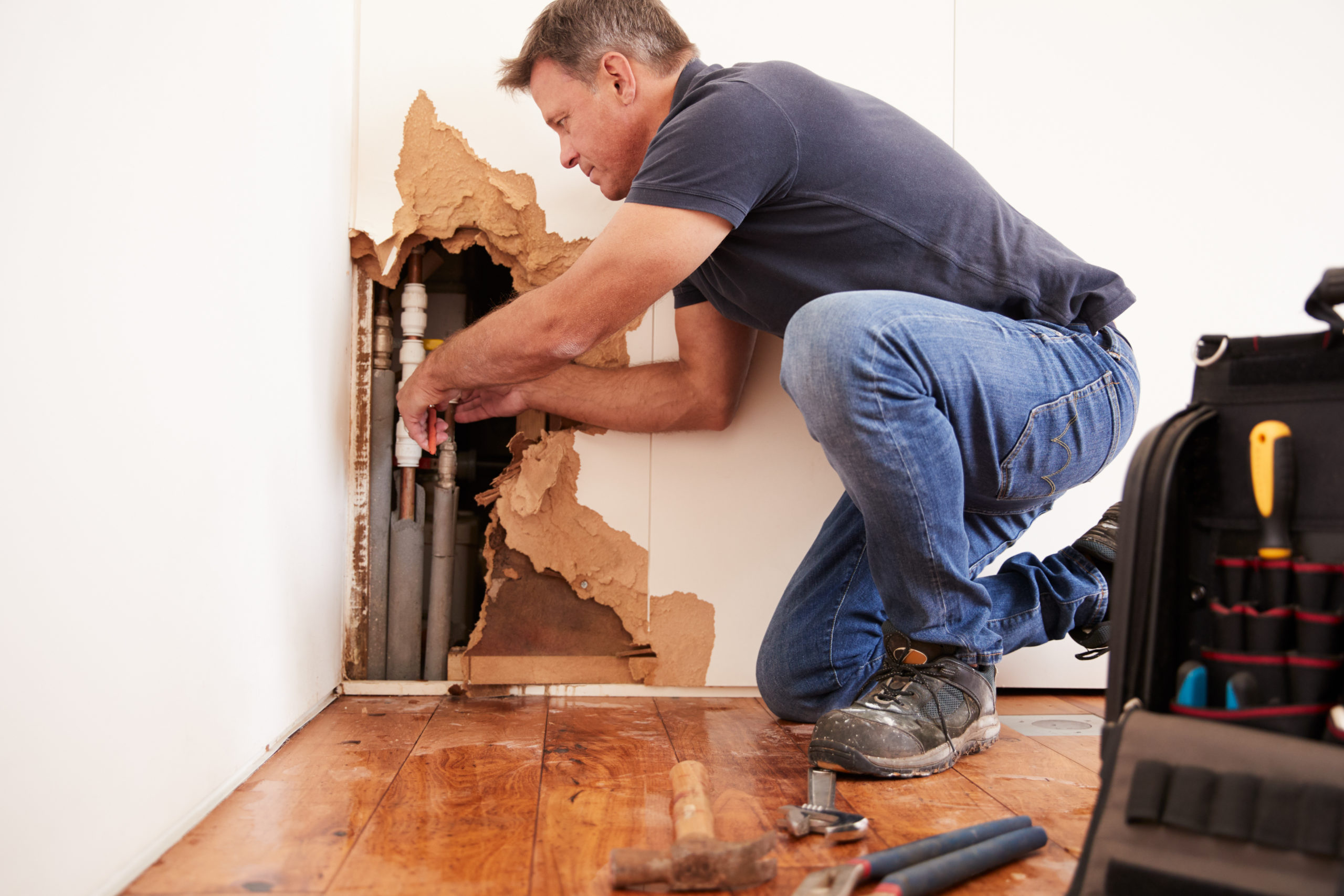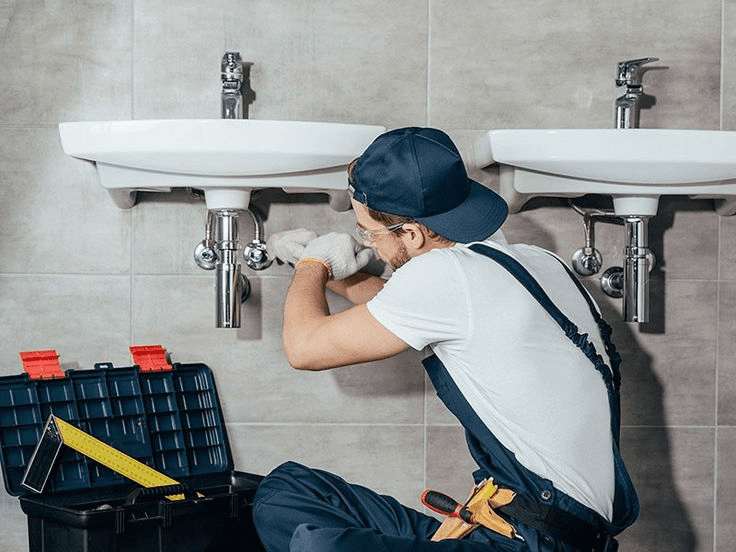Are you currently in search of resources on Plumbing Basics Every Homeowner Should Know?

Plumbing is an essential element of any home, in charge of providing clean water for drinking, food preparation, and showering, along with eliminating wastewater securely. Recognizing the essentials of home plumbing is vital for every single house owner to ensure proper upkeep, troubleshooting, and, if needed, repair work. In this newbie's guide, we'll cover the fundamental principles of home plumbing to aid you come to be extra acquainted with how it functions.
Water Heating System
The water heating system is in charge of home heating water for domestic usage, consisting of bathing, food preparation, and cleaning. Usual sorts of water heaters include tank-type water heaters, tankless (on-demand) water heaters, and heat pump hot water heater. The hot water heater is connected to the supply of water system and delivers hot water to plumbing fixtures as required.
Drain System
The drainage system gets rid of wastewater from your home and brings it away to a sewage therapy center or septic tank. It includes a network of pipes, fittings, and fixtures that transfer wastewater from plumbing components to the major sewage system line or septic system. Appropriate water drainage is important to prevent blockages, backups, and sewage leakages.
Ventilation System
The air flow system helps preserve appropriate atmospheric pressure and protect against drain gases from entering your home. Vent pipelines, additionally referred to as vent stacks, extend from plumbing fixtures to the roof covering, permitting sewage system gases to run away safely outside. Air flow pipes additionally allow air to go into the drainage system, promoting smooth wastewater circulation and stopping suction or vacuum results.
Water System System
The water supply system brings tidy water right into your home from a metropolitan water source or a private well. It contains a major water line that connects to your home's plumbing system, usually situated underground. A water meter determines the amount of water eaten, while a shut-off valve allows you to regulate the flow of water right into your home.
Plumbing Fixtures
Plumbing components are gadgets that deliver water to various parts of your home and consist of sinks, taps, bathrooms, showers, bath tubs, and home appliances such as dishwashing machines and cleaning makers. Each fixture is linked to the water supply system via pipelines and fittings and might have its shut-off shutoff for maintenance or emergency situations.
Typical Plumbing Devices
Having the right tools handy is vital for performing fundamental plumbing repairs and upkeep tasks. Typical plumbing devices include flexible wrenches, monkey wrench, pliers, pipeline cutters, hacksaws, plungers, augers (or drainpipe snakes), and Teflon tape. Having these tools conveniently available can assist you tackle minor plumbing concerns efficiently.
Basic Plumbing Repair Services
While some plumbing repairs may call for professional help, several common problems can be resolved with standard DIY methods. Understanding how to repair a dripping tap, unclog a drain, change a commode flapper, or fix a trickling showerhead can conserve you time and money on plumbing repair services.
Verdict
Recognizing the basics of home plumbing is vital for every single home owner to maintain a risk-free, useful, and efficient plumbing system. By familiarizing yourself with the supply of water system, plumbing fixtures, drain system, air flow system, usual plumbing devices, and standard fixings, you can with confidence deal with small plumbing issues and ensure your home's plumbing system operates efficiently.
Understanding Basics of Home Plumbing System: A Beginner's Guide
The Main Components of Your Home Plumbing System
The Water Supply System
This system is responsible for transporting fresh water into your home. It usually has a main water line that splits into two branches: one directed towards cold water services and the other connected to a water heater for hot water. The pressure is key here; it ensures water reaches all parts of your house.
The Drainage System
Once water has been used, it becomes wastewater that needs to be removed from your home. This is where the drainage system comes into play. It includes all the pipes that carry wastewater and sewage away from your house to sewage treatment facilities or septic tanks.
The Vent System
The vent system prevents sewer gases from entering your home and helps maintain the pressure balance that allows wastewater to flow out properly. These vents usually exit through the roof of your house.
Water Heating System
For those who enjoy hot showers or using hot water for cleaning, the water heater is a crucial part of the plumbing system. It can be a tankless system, which heats water on demand, or a traditional water tank model.
Common Plumbing Problems and Basic Troubleshooting
Plumbing systems, while designed to be durable, can face issues like clogged drains, leaky faucets, or low water pressure. Here are some basic troubleshooting tips:
Clogged Drains
Use a plunger or a plumber's snake to try and dislodge whatever is blocking the drain. Regular cleaning can prevent clogs.
Leaky Faucets
Often caused by worn-out washers or gaskets, these can usually be replaced by someone with basic DIY skills.
Low Water Pressure
This might be due to sediment build-up in your fixtures or a leak somewhere in your water line. Cleaning out aerators or seeking a professional to detect leaks might be necessary.
Preventive Maintenance Tips
Maintaining your plumbing system is key to avoiding emergencies. Regularly check for leaks, avoid disposing of grease down the sink, and have your system inspected by a professional plumber at least once a year.

I came across that piece of writing about How Does the Plumbing Work in Your Home? while surfing the search engines. So long as you appreciated our blog posting kindly don't forget to share it. Thanks for being here. Revisit us soon.
Book Service Now
Comments on “Delving into the ABCs of Home Plumbing: A Beginner's Manual”